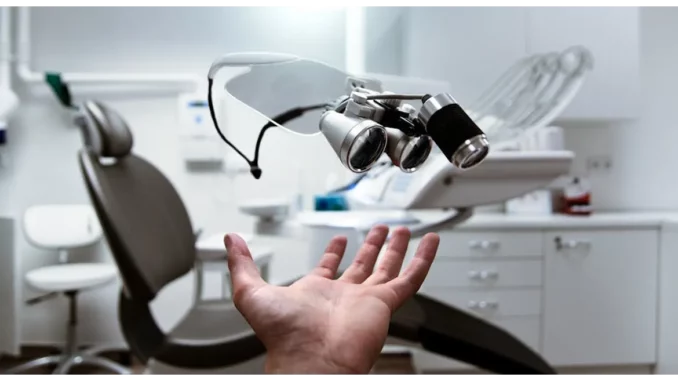
The landscape of medical technology is one marked by relentless innovation and a quest for improved patient outcomes. As we progress through 2024, a notable convergence of robotics, artificial intelligence (AI), and pulsed field ablation (PFA) emerges as a pivotal focus within the industry. These cutting-edge technologies are not merely augmenting the capabilities of healthcare providers but are fundamentally transforming the methodologies of medical procedures. This exploration delves into the significant discussions and trends within these domains, offering insights from industry leaders and regulatory authorities.
TrueNAS: the healthcare storage solution thats secure, scalable, and surprisingly affordable.
Robotic-assisted surgery represents a remarkable stride in enhancing precision and control for surgeons. This trend, robustly gaining momentum in 2024, is spearheaded by pioneers such as CMR Surgical. Mark Slack, co-founder and Chief Medical Officer of CMR Surgical, underscores the critical role of robotic systems in surgical procedures, notably in reducing invasiveness and expediting patient recovery times. The da Vinci robotic surgical system by Intuitive Surgical remains a leading force, endowing surgeons with unparalleled dexterity and precision. The reach of robotic surgery extends beyond traditional procedures to encompass complex and minimally invasive surgeries, where precision is indispensable. This technological advancement is not only reshaping surgical interventions but is also significantly reducing human error, facilitating swifter recovery for patients, and ultimately redefining surgical paradigms.
In parallel, AI’s expanding role in healthcare is revolutionising diagnostics and treatment, with applications that span from medical imaging to personalised treatment plans. By 2024, AI continues to catalyse breakthroughs in predictive analytics. AI algorithms, capable of analysing vast datasets, allow clinicians to diagnose diseases with increased accuracy and predict treatment outcomes with greater certainty. Bill Hunter, CEO of Canary Medical, highlights AI’s transformative potential, particularly in managing heart diseases. AI-powered devices offer real-time patient monitoring, providing critical data that tailors treatment plans. This level of personalisation is revolutionising patient care, enabling interventions that are both timely and effective. Moreover, AI is augmenting healthcare providers’ decision-making processes across various disciplines, making it an indispensable tool that aids clinicians in making informed decisions and enhancing patient outcomes.
Pulsed field ablation (PFA) is emerging as a promising technique in cardiac care, particularly in treating atrial fibrillation. Unlike traditional ablation methods, PFA employs electrical pulses to selectively target cardiac tissue without harming surrounding areas. This precision significantly reduces the risk of complications and enhances procedural efficacy. Industry leaders such as Abbott, Medtronic, and Johnson & Johnson are at the vanguard of PFA research and development, focusing on refining the technology and broadening its applications. The clinical evidence supporting PFA’s advantages is compelling, and its adoption is anticipated to increase as healthcare providers increasingly recognise its benefits.
The swift advancement of these technologies presents distinct challenges for regulatory bodies such as the Food and Drug Administration (FDA). Ensuring the safety and efficacy of novel medical devices is of paramount importance, necessitating that regulators adapt to the rapid pace of innovation. Conversations with FDA officials highlight the need for a balanced approach that encourages innovation while safeguarding patient well-being. Regulatory frameworks are evolving to address the unique challenges posed by AI and robotic technologies. The FDA’s collaboration with industry leaders in developing guidelines aims to ensure that new devices meet rigorous safety standards without hampering innovation.
As we navigate further into 2024, the integration of robotics, AI, and PFA within the healthcare ecosystem is poised to redefine the boundaries of medical technology. These advancements promise significant enhancements in patient care, improved surgical outcomes, and more personalised treatment options. The collaboration between industry leaders and regulatory bodies will be instrumental in managing the complexities of this rapidly evolving landscape. The future of medical technology is undoubtedly promising, with current innovations paving the way for a new era in healthcare delivery. The synergy of these technologies heralds a transformative phase, where the possibilities for improving human health and well-being seem boundless.


Be the first to comment